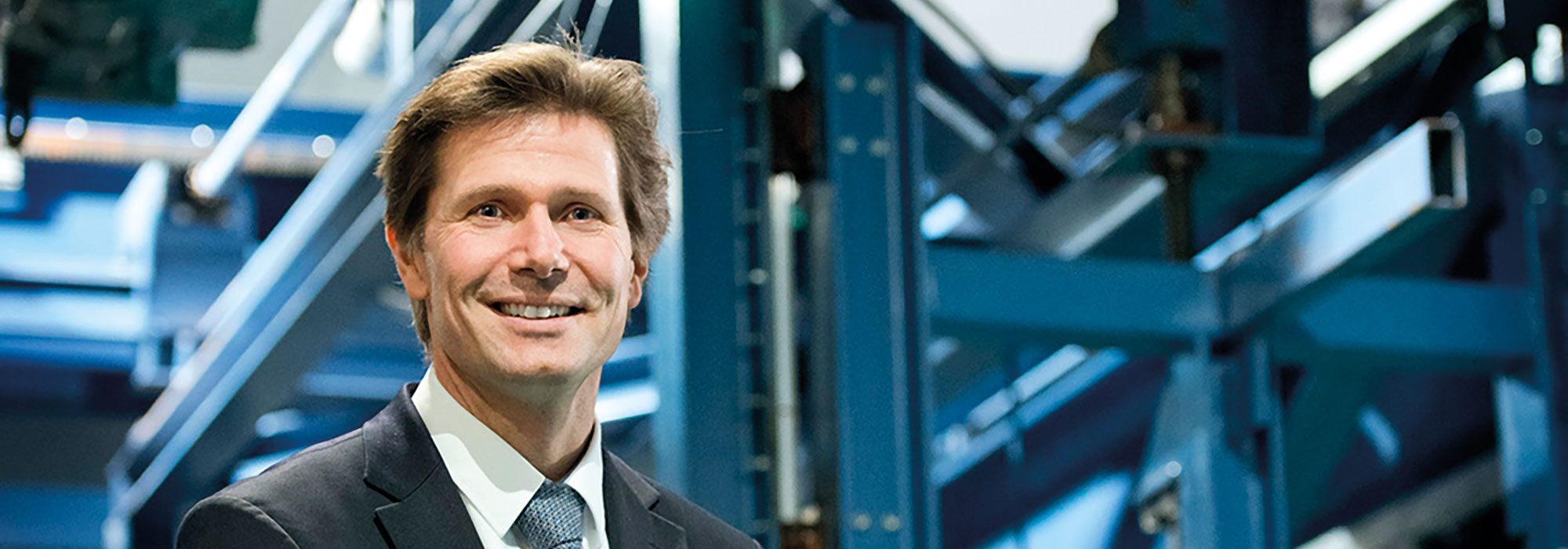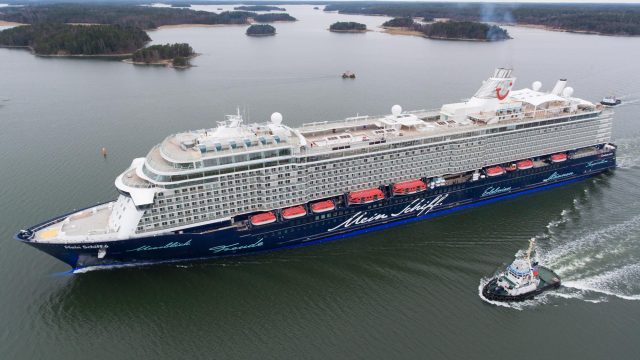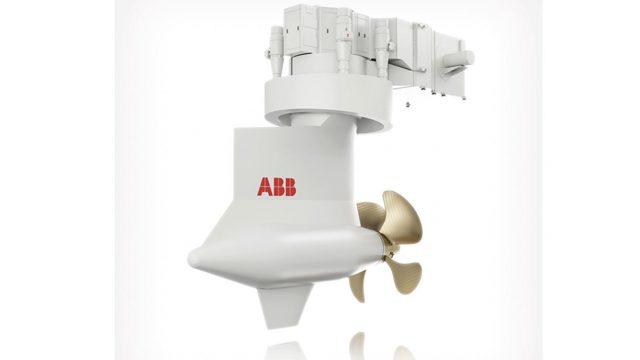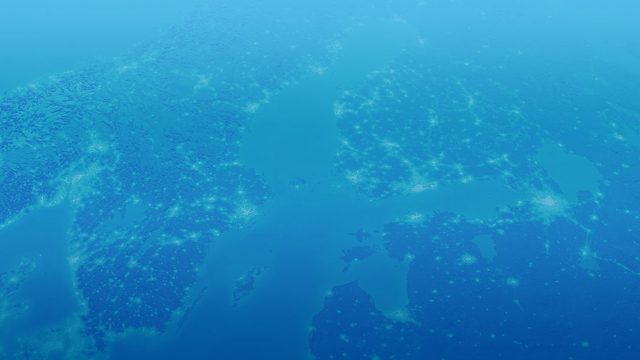Aker Arctic’s main strengths as a ship design company are its specialization in ice-going vessels, solid design expertise, and in-house ice model testing laboratory. As a result, the company has extensive experience in the development of icebreakers and other specialized ice-going vessels. Managing Director Reko-Antti Suojanen considers the growing importance of liquefied natural gas (LNG) in the Arctic seas as one of the major future trends.
– In the northern regions, natural gas is already being more sought after than crude oil. Volumes of LNG transported in ice-covered seas are on the rise and the use of LNG as fuel for ships is also increasing, Mr. Suojanen describes the key changes in current environmental and energy needs in shipping.
Aker Arctic Technology is well-prepared for these new trends. First of all, most of the world’s icebreakers have been built in Finland and the company has been involved in their design. The company’s design capacity has grown to cover the entire ship design process from concept development to basic design. At present, both Russia and the United States are planning to procure new polar icebreakers and Aker Arctic has concepts suitable for both.
– Russia is in the process of replacing its nuclear-powered icebreakers, including Taymyr and Vaygach that were built in Finland in the late 1980s. Rosatomflot is preparing for the acquisition of four large LNG-powered icebreakers, says Mr. Suojanen, and adds that what comes to vessels’ size, these could be built for example at the Helsinki shipyard, but the decision about the shipyard has not yet been made.
– The new icebreakers are about 160 meters long and 31 meters wide and come with very powerful gas-powered main engines and large fuel tanks. Previously, it has not been possible to bunker the LNG in the northern seas, but the situation has changed completely since the opening of Sabetta LNG terminal in the Gulf of Ob, Mr. Suojanen contemplates.
Ice-going LNG-tonnage took years to design
Another extensive LNG project that Aker Arctic has been involved in is related to the gas company Novatek, or more specifically, Yamal LNG and its ice-going carriers for LNG transportation from Sabetta LNG terminal.
– This project began already in 2005 when we started systematic development work of the Arctic LNG carriers. As a result, we were able to convince gas producers that LNG can be transported through the ice in a cost-effective way. However, this project didn’t realize overnight: we signed the first contract with Novatek in 2010 and spent three years working on the design of the new ice-capable LNG carriers, after which Daewoo shipyard won the shipbuilding tender. Since then, LNG carriers have been built in South Korea. Our co-operation with Novatek and other Russian companies has worked very well, Mr. Suojanen describes the project, in which the use of LNG has gained a completely new significance in the northern sea areas, and the shipping on the Northeast Sea Route has grown to a new record.
The United States is also currently planning to build a new polar icebreaker, for which President Donald Trump has managed to secure funds from the Congress. According to the US principles, the US Coast Guard’s icebreakers must be built on an American shipyard. There are only local shipyards participating in the tender, one of them has a design agreement with Aker Arctic.
Test basin has been put in good use
The heart of the design know-how is located in an office building in Vuosaari, Helsinki, which also has a 78-meter-long ice model-testing basin.
Recently the company has been testing models of autonomous ships with new technical features. According to Mr. Suojanen, these types of autonomous vessel maneuvering tests are required for the development of the marine equipment and for testing of automation systems, such as autonomous ship berthing. It is much more cost-effective/practical to do this work in the model scale in testing laboratory than with the real ships.
An important area of expertise in which Finnish ship design is a world leader is related to oil recovery in ice. Mr. Suojanen says that oil recovery is difficult enough in open water, and it is even more challenging in ice. This has brought in a necessity to think about working out solutions to this problem. One example of this is an oblique icebreaker capable of collecting and purifying oily water in a completely new way.
– The brushing machines designed by Finnish company Lamor have proven their functionality in real life, says Mr. Suojanen, and reminds that LNG has one more environmental benefit: In the event of leakage, liquefied natural gas will gasify itself into the air and there is no need for collection from the sea.



















